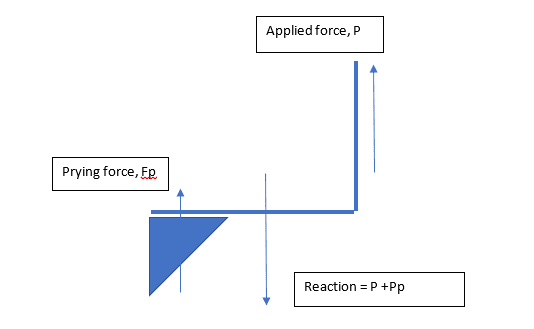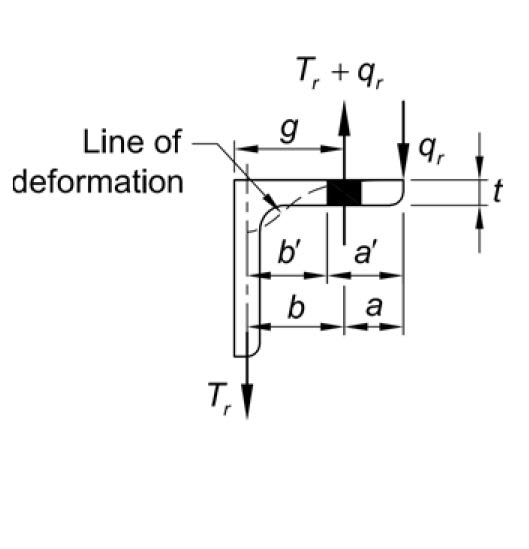Dear Fellow friends,
Do you know any way of checking a single angle for prying action for uplift. Any spreadsheet or design example. i have a very small angle that i need to check for uplift and prying action.
I am tiring to use AISC but its mainly giving for T shape. I can use double angles and reduce the load to 3.7 kips and verify but still need any help or guide lines.
thanks and happy new year.
Do you know any way of checking a single angle for prying action for uplift. Any spreadsheet or design example. i have a very small angle that i need to check for uplift and prying action.
I am tiring to use AISC but its mainly giving for T shape. I can use double angles and reduce the load to 3.7 kips and verify but still need any help or guide lines.
thanks and happy new year.



